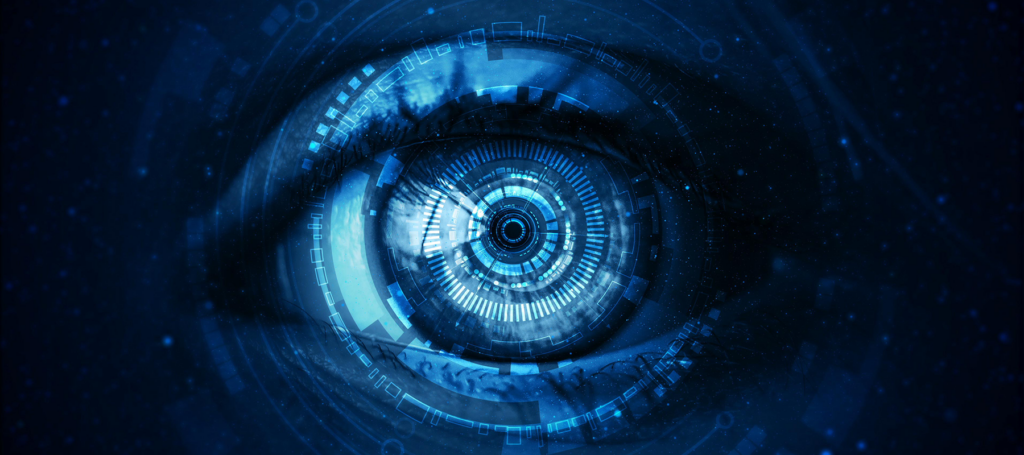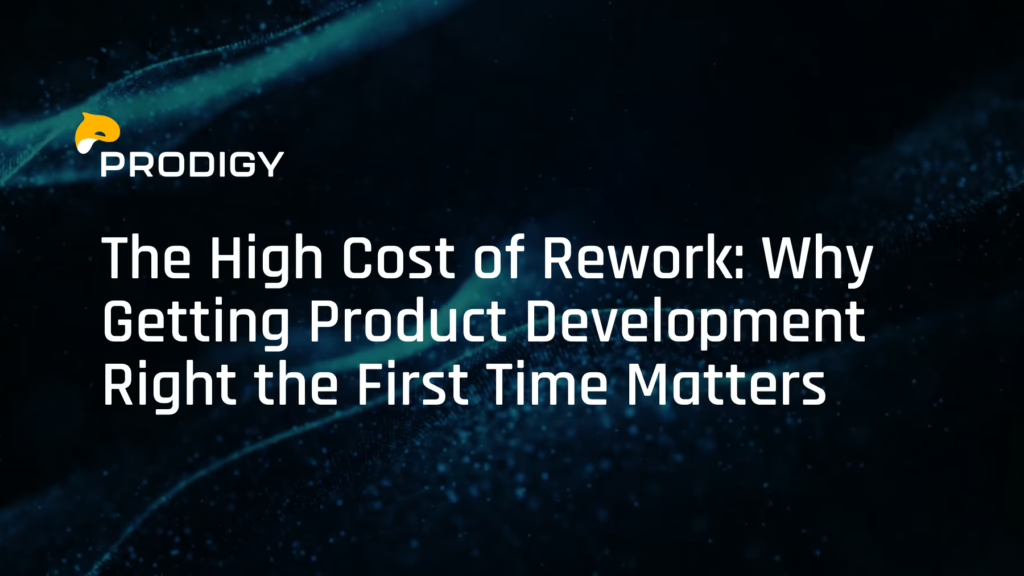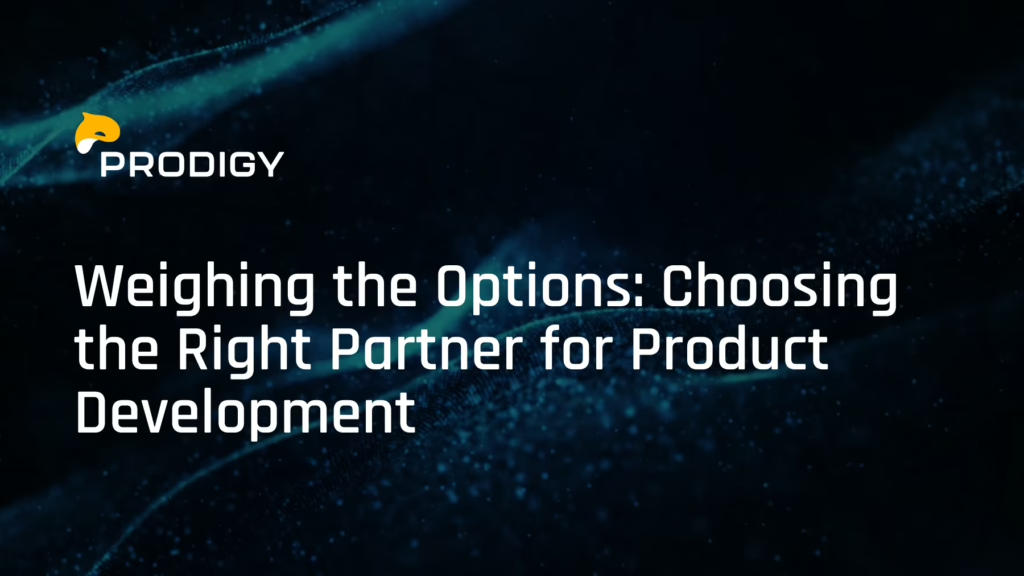Insights
Power Up Your Products: Top Trends and Best Practices for Integrating IoT and IIoT
The Internet of Things (IoT) and Industrial Internet of Things (IIoT) are rapidly transforming industries, adding layers of connectivity and intelligence to everything from everyday appliances to complex manufacturing systems.
As you likely already know, the Internet of Things (IoT) describes the network of physical objects—or “things”—that are embedded with sensors, software, and other technologies to connect and exchange data with other devices and systems over the Internet. Generally, this refers to consumer goods. While similar, when it comes to your business, it can be thought of as the Industrial Internet of Things (IIoT) and includes all of the devices and equipment you use to collect, analyze, and act upon the data transmitted from your connected assets, locations and people.
As a full-service product development firm, Prodigy is at the forefront of this exciting trend, helping businesses seamlessly integrate IoT and IIoT capabilities into their existing products. In this blog post, we’ll explore some of the challenges of integrating this technology, the hottest trends driving the adoption of IoT and IIoT, and share best practices to ensure a smooth and successful integration process.
Integrating IoT and IIoT into existing products can be tricky for several reasons. A few of the biggest challenges include:
- Legacy systems: Existing products might rely on outdated systems that aren’t designed to communicate with IoT devices or handle the large amount of data they generate. Upgrading these systems can be expensive and time-consuming.
- Security vulnerabilities: Adding new connected devices opens up new attack vectors for hackers. Companies need to ensure their systems are secure to protect sensitive data.
- Interoperability: There are many different protocols and standards used for IoT devices. This can make it difficult to ensure that all the devices in a system can communicate with each other.
- Data management: The sheer volume of data generated by IoT devices can be overwhelming. Companies need to have a plan for storing, processing, and analyzing this data.
- Scalability: As the number of IoT devices increases, so too will the demands on the system. Companies need to make sure their systems can scale to accommodate this growth.
Regardless of the challenges, data is king, especially for product manufacturers and their customers. So, integrating IoT best practices into connected products and product development is becoming a must-have in almost every industry. Some of the key trends driving this integration include:
- Focus on User Experience (UX): Simply adding sensors and connectivity isn’t enough. Successful IoT and IIoT products prioritize user experience by offering clear data visualization, actionable insights, and intuitive controls.
- Security Takes Center Stage: With increased connectivity comes heightened security risks. Prodigy emphasizes robust security measures throughout the development process to safeguard user data and ensure device integrity.
- Rise of Edge Computing: Processing data at the device level (edge computing) reduces latency, improves efficiency, and minimizes reliance on the cloud. Prodigy helps you leverage edge computing to optimize performance for your specific application.
- AI Integration for Powerful Insights: The marriage of IoT/IIoT data with Artificial Intelligence (AI) unlocks a new level of predictive maintenance, process optimization, and automated decision-making. Prodigy can guide you on integrating AI to empower your connected products.
- Interoperability and Open Standards: For seamless communication across devices and platforms, open standards are crucial. Prodigy stays up-to-date on evolving standards to ensure your product integrates smoothly within the broader IoT/IIoT ecosystem.
Once you’ve decided to adopt IoT/IIoT into your existing products, make sure to engage with a full-service product development consulting firm who can help you achieve the following:
- Start with a Clear Vision: Define your goals for integrating IoT/IIoT. What problem are you solving? What value will it deliver to your customers? A clear vision ensures a focused development process.
- Prioritize Security from the Onset: Build security into your product from the ground up. This includes secure device authentication, data encryption, and robust access control measures.
- Choose the Right Technologies: There’s a vast array of IoT/IIoT platforms, sensors, and communication protocols. Prodigy’s expertise helps you select the right technology stack to meet your specific needs and budget.
- Focus on Data Management: IoT/IIoT devices generate a lot of data. Prodigy helps you develop a robust data management strategy for collection, storage, analysis, and visualization of this data.
- Embrace Continuous Improvement: The IoT/IIoT landscape is constantly evolving. Prodigy fosters a culture of continuous improvement, ensuring your product remains secure, up-to-date, and delivers ongoing value to your users.
One recent success Prodigy has achieved in this arena involves the client Cold Jet, the pioneer and global leader in dry ice blasting technology. Cold Jet envisioned an aesthetically pleasing design for a modern ice blaster that included (1) new functionality; (2) global Industrial IIoT (Industrial Internet of Things) cloud connectivity and data analysis, and (3) a Digital HMI (Human Machine Interface) that offers, amongst other things, the ability to save settings and to improve the overall user experience. To assist with this product development strategy, Prodigy’s electrical engineering and project management teams worked with Cold Jet’s mechanical engineers to design a new and revised dry ice blaster machine in alignment with this vision. Cold Jet achieved clear ROIs from this partnership, which completely modernized and redesigned its flagship dry ice blaster machine. Since the launch of the initial machine, Cold Jet has sold thousands of units. Customers have also reported the benefits of using new product features — like the settings recipe function, global IIoT connectivity, predictive analytics to prevent machine downtime, remote management of machines, and improved user experience via the modern Digital HMI. Read more about this case study here.
At Prodigy, we understand the complexities of integrating IoT and IIoT into existing products. Our team of experienced engineers possesses the technical expertise and industry knowledge to guide you through every step of the process, from initial concept to successful product launch. We believe in close collaboration, ensuring your vision translates into a future-proof product that unlocks the true potential of the connected world.
Ready to power up your products with IoT/IIoT? Contact Prodigy today for a consultation!




